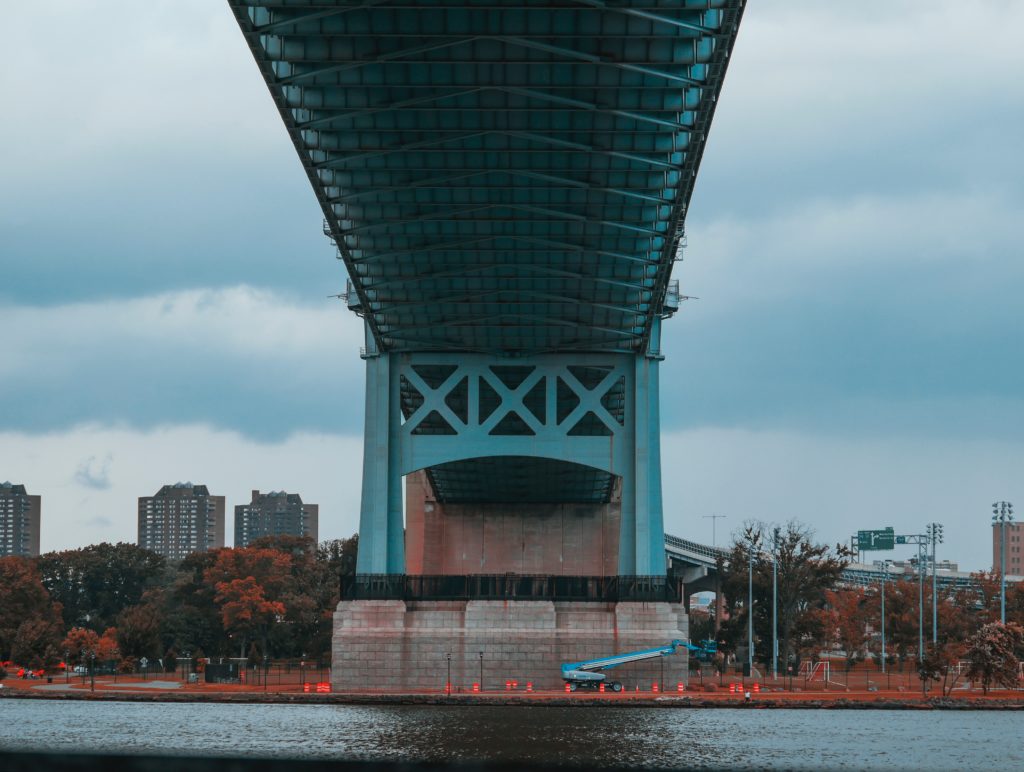All fields are required
Posted in Legionella,Legionnaire's disease,Our Blog,Outbreaks & Recalls on July 16, 2019

The New York Department of Health has issued a notice that two people have been linked to a Queens New York Legionnaires Outbreak.
NYC Health reported that two people have been sickened in Queens within the past 12 months at 20-02, 20-04, 20-06, 20-08, 20-10 and 20-12 Seagirt Boulevard. According to its notice:
“The risk of getting sick from a building’s water system is very low, especially for healthy people” according to NYC Health commissioner Oxiris Barbot, in a notice to tenants. “The most important thing you can do is get medical attention right away if you start having symptoms such as fever, chills, muscle aches, and cough. This is even more important if you are aged 50 or older (especially if you smoke cigarettes), have chronic lung disease, have a weakened immune system or take medicines that weaken your immune system.”
NYC Health stated it is working with building management and testing the water to try and locate a source for the Legionella contamination, which is the bacteria that causes Legionnaires’ disease.
The NYC Health’s notice also provided the following list of Do’s and Don’ts for anyone concerned:
For those who may have never heard of it before (and you are not alone) Legionnaires’ disease is the common name for a legionella infection. These infections are also called Legionellosis or infection with the bacteria Legionnella pneumophila. Health officials estimate that 10,000 to 18,000 people in the United States are infected with Legionnaires’ disease every year.
One big concern with Legionnaires’ disease is that it sometimes goes undiagnosed. This is due to the similarity to symptoms of pneumonia — and the fact that the most susceptible population to the disease is also more susceptible to pneumonia.
It is common that a patient presenting with symptoms of the disease can be mistaken for pneumonia, For the record, the symptoms of Legionnaires’ disease include:
For Legionnaires’, symptoms often include watery diarrhea, abdominal pain, nausea, or even changes in heart rate or a lower blood pressure. Unless the physician expects Legionnaires’ disease as a diagnosis, the very specific tests to determine if the person in fact has been infected with the legionella bacteria are often not necessarily ordered. This is why, if you believe you have Legionnaires’ disease urgent medical attention is recommended.
How Do You Get Legionnaires’?
Legionnaires’ is contracted when a person breathes in small droplets of water from the air that contains the harmful bacteria Legionella. While it is not a very common mode of transmission, Legionnaires’ disease can be contracted by aspiration of contaminated drinking water. This happens when water “goes down the wrong pipe,” where a person is drinking and the water enters the trachea or windpipe instead of going down the throat into the digestive tract. Those with existing swallowing difficulties are more likely to be at risk for this method of transmission. This disease is generally not spread from person to person except for very rare circumstances.
The bacteria are more commonly found in nature in fresh water environments in places like lakes and streams. Most cases occur when Legionella finds its way into human-made water systems such as building plumbing. These are areas such as hot tubs, hot water tanks and heaters, larger plumbing systems, and decorative fountains. Legionella is also a concern for air-conditioning system cooling towers found in large buildings. Air-conditioning units in homes and in cars do not use water to cool the air, so they do not have the same risk factors for Legionella growth that large buildings have.
Hot tubs in particular are at a very high risk for being contaminated with Legionella bacteria. This bacterium grows best in warm water, such as that used in hot tubs. Unfortunately, this warm environment makes it hard to keep disinfectants, such as chlorine, at high enough levels to kill harmful bacteria like Legionella. For this reason, chemical levels in hot tubs should be monitored regularly and should be cleaned as recommended by the manufacturer.
For anyone who believes they have contracted Legionnaires’ disease in this Queens New York Legionnaires Outbreak, the New York health agents remind everyone to report their illnesses. According to their website:
“In New York State (including NYC), physicians, laboratories, nursing homes, hospitals and other facilities providing health services are also required to report suspected and confirmed cases of legionellosis to the local health department (LHD) where the patient resides. LHD and NYSDOH disease detectives investigate each report with standardized tools and analyze the data with regard to person (Who is being infected?), place (Where were infected persons potentially exposed) and time (When have people been infected). Patterns among these three variables may indicate a cluster or an outbreak and can lead to focused environmental testing of water systems and the possible implementation control measures (e.g. disinfection).”
Medical attention is highly recommended if you believe you have Legionnaires’ disease.
Can A Legionnaires’ Disease Lawyer Help?
Yes. When a Legionnaires’ disease outbreak resulted from a building owner’s negligence, a Legionnaires’ disease lawyer can help to prove that:
The Lange Law Firm
Our mission is to help families who have been harmed by contaminated food or water. When corporations cause food poisoning outbreaks or Legionnaires disease outbreaks, we use the law to hold them accountable. The Lange Law Firm is the only law firm in the nation solely focused on representing families in food poisoning lawsuits and Legionnaires disease lawsuits.
If you were infected with Legionnaires disease after visiting or living in Queens, New York, and are interested in making a legal claim for compensation, we can help. Call us for a free no obligation legal consultation at (833) 330-3663, or send us an e-mail here.
By: Candess Zona-Mendola, Editor (Non-Lawyer)